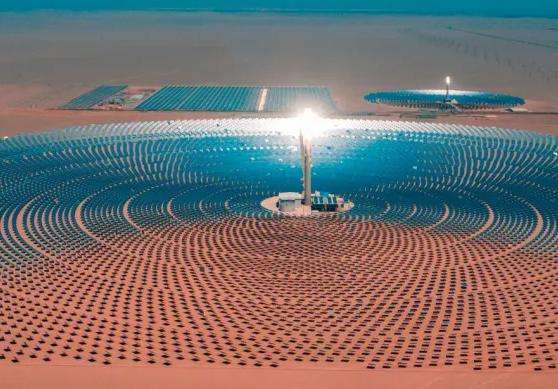CO cannot be absorbed with sodium hydroxide solution. The reason SO3 and CO2 can be absorbed by sodium hydroxide is that they can react with water to form sulfuric acid and carbonic acid, respectively. Sulfuric acid and carbonic acid can react with sodium hydroxide, so SO3 and CO2 can be absorbed by sodium hydroxide. CO cannot react with water, so it cannot be absorbed by sodium hydroxide.
The generator produces electrical energy, which should be a physical change, because no new substances are generated during this process. The key to distinguishing physical changes from chemical changes is that no new substances are formed during the reaction.
Place the wire in humid air. After a while there should be a black substance (it should be Fe2O3, I don'tI don't remember it clearly, sorry.) attached to the surface of the iron. That's what they say about rust.
AgCO3. Because once CO2 is dissolved in dilute nitric acid, it reacts with hydrogen ions in dilute nitric acid to generate carbonate and water, thus forming AgCO3
The heat of dissolution. is 43.47 kilojoules /mol
It is endothermic to destroy the ionic bond between Na+ and OH-, but the ionized Na+ and OH- do not exist independently, but combine with water to form hydrated ions. gives off heat.
The total energy change depends on which process is more important. For NaOH, more heat is released than absorbed, so it is an exothermic process.
The dissolution of HCl in water is also exothermic, but not too much.














